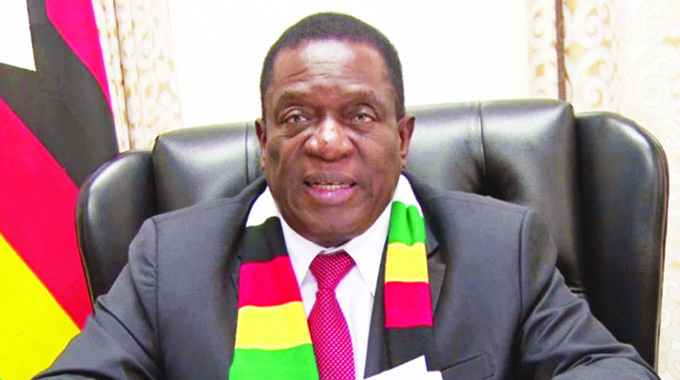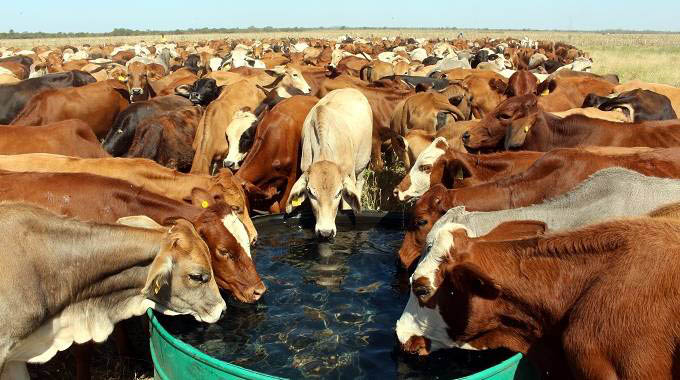President launches multi-million dollar cattle project today

Conrad Mupesa–Mashonaland West Bureau
PRESIDENT Mnangagwa will today launch a US$15 million cattle ranching project in Mhondoro that is part of the country’s efforts to boost the national herd as part of the Livestock Growth Plan, which seeks to grow the sector to US1,9 billion by 2025.
The multi-million dollar cattle project is being spearheaded by private players – Zimplats and Palmline Investments.
The Livestock Growth Plan is part of the Agriculture and Food Systems Transformation Strategy, which seeks to achieve a US$8,2 billion agriculture economy by 2025 which also anchors and propels Zimbabwe towards Vision 2030 to become an upper-middle-class economy.
Increasing the cattle numbers from a 2019 baseline of 5,4 million to 6 million in 2025 with a beef production of 90 000 tonnes and milk production from 79,9 million to 150 million litres are some of the targets of the Livestock Growth Plan.
The programme also aims at increasing the national dairy herd from 38 000 in 2019 to 60 000 by 2025.
The Livestock Growth Plan, which was launched by President Mnangagwa last year is also expected to give solutions to challenges faced by farmers and ranchers through support from Government, private players and development partners.
The platinum giant entered a joint venture partnership with Palmline Holdings in a project that is centred on commercial beef and dairy cattle which will be run within Zimplats’ mining lease in Mhondoro-Ngezi.
In a statement, Zimplats said the project is expected to deliver a commercial beef herd of 5 000 cattle, that includes the Wagyu breed, with an annual beef output of 1 400 tonnes.
“At peak, we anticipate producing 630 tonnes of Wagyu beef for export, a dairy herd of 5 000, producing 25 million litres of milk per annum by 2026, construction of a modular milk parlour for 1 500 dairy cows at one go. To support the dairy herd, there are plans to develop 320 hectares of irrigated pastures (the first 30 hectares is already in place),” read the statement
The Palmline Investments project is estimated to contribute 30 percent towards closing the current national milk supply gap, reducing the gap from 25 million litres/year to 17,4 million litres per annum.
Already a herd of more than 2 500 cattle both beef and dairy is on-site in Mhondoro-Ngezi and Bromley.
“Palmline Investments shall develop 320 hectares of irrigated pasture for every 1 500 dairy cows for phase 1 and 1 200 hectares for the full development when completed.
“Pastures will comprise a combination of rye grass, clover, and chicory. This combination will provide the bulk of the cows’ nutritional requirements particularly protein along with bulk and carbohydrates and will lower cost of production and provide natural ‘heads down’ grazing behaviour for the cattle,” further read the statement.
Surrounding communities will be engaged to partner the project and benefit through livelihoods improvement with the key focus areas being on employment creation, cropping, pastures improvement, herd health, and quality improvement.

Livestock production in Zimbabwe is an important source of income and a safety net for hundreds of thousands of people, particularly rural women and youth, and is a significant contributor to agricultural GDP.
After the launch of the Livestock Development Plan Government emphasised the importance of running the livestock sector as a business to ensure that it makes a significant contribution to Zimbabwe’s socio-economic growth.
Key strategies of the Livestock Development Plan entail an animal nutrition programme; a genetics improvement programme; an animal health programme; a climate change adaptation and small stock programme; the development of market and trade infrastructure; and resource mobilisation.











Comments